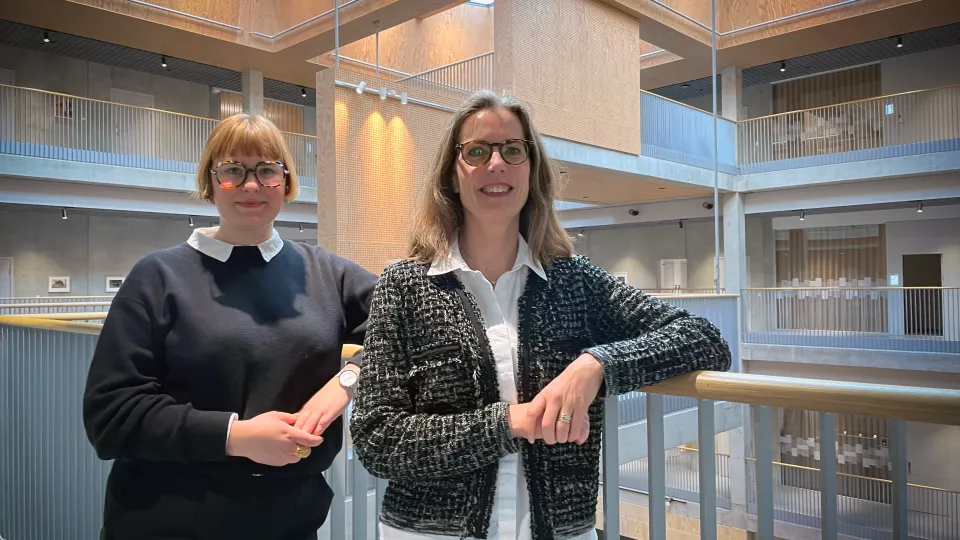– With my background in participatory and design-based methods, I contributed to the development of a participatory workshop methodology, through which we could elicit strategies that can prevent concussions in youth handball, she says.
This study is an example of how the involvement of the public in research can create relevant findings and result in strategies that can be implemented in practice.
Who is this important to?
– Youth handball players, coaches, referees and the Swedish Handball Federation, says responsible researcher Eva Ageberg, Professor physiotherapy at Lund University.
Concussion is a serious injury, quite common in handball. While there are strategies to treat concussion, prevention strategies are lacking.
– The results were summarized for end users as practical advice encompassing information, rules, and training and playing strategies. These results will be within youth handball through the Swedish Handball Federation, says Eva Ageberg.
Why did this particular method work so well this time?
– I have co-created interventions using knowledge from experts and end-users in previous studies, but Arlind’s expertise added something new. In this study, the workshop was both more strucutred and more creative in a way I haven’t done before. With this approach, end-users and experts worked in groups together which was very fruitful, says Eva Ageberg.
– We worked with scenarios, a design technique that can be used to explore current real-world and future practices. We also implemented the brainwriting method to promote design thinking. During the "brainwriting", participants were given the opportunity to build on each others ideas in a creative way, says Arlind Reuter.
The study was funded by the Swedish Research Council for Sport Science.
Read the publication "Youth handball concussion prevention strategies: a workshop-based study with experts and end users"
